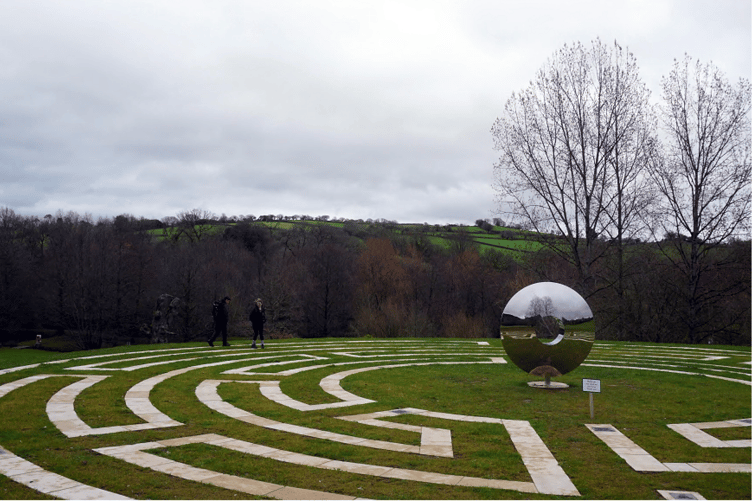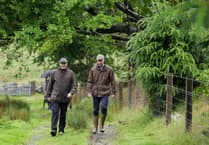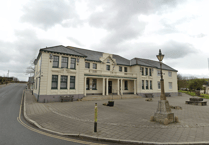DRIVING through the Teign Valley, you’d hardly know that England’s highest waterfall is tucked into its ancient forests, but that’s just the first secret that Canonteign Falls Country Park is hiding.
Tucked into the fringes of Dartmoor, the Canonteign Estate meanders through over 200 years of history. Acquired by the naval hero Sir Edward Pellow and developed by his wife, the First Lady of Exmouth, the estate became a remote but beautiful collection of trees, flowers and ferns surrounding the gorge.
For a time, the land was even mined for lead and silver by local people. When the mines diminished due to cheaper imports, the third Lady Exmouth, eager to keep the locals on the land, employed them to divert part of the nearby stream over a cliff to create the 70-metre Lady Exmouth Falls seen today.
However, over successive generations, the house, falls and surrounding estate fell into decay, and many parts of the estate were sold off.
That was until Chris Baylis took it on. Chris had seen the estate on walks during his time at the University of Exeter and dreamed of one day being a part of its history. That day came in the late eighties when the 10th Viscount and Lady Exmouth put Canonteign on the market. At first, Chris missed the opportunity. However, the sale fell through, and Chris secured his dream of owning the estate from a phonebox in Cambridge.
‘When Chris got it, there was more growing inside than outside,’ Kate Baylis explained, ‘there was a lot of work to be done and most of the estate had been sold over the years.’
Since taking over Canonteign, Kate and her team have painstakingly recreated a paradise, not just for themselves, but for everyone.
‘It’s been a labour of love. I’ve always had a creative side as well as a legal side (Kate was a barrister by trade). I just thought there was so much potential to make this somewhere that’s really lovely for people to come with their children.’
Some of the best-hidden secrets of Canonteign were only uncovered recently. Above Lady Exmouth Falls and at the top of a long set of uneven, Victorian steps hides the fern garden.
The fern garden was created in the mid-1800s when collecting and cultivating fern specimens was all the craze in Victorian Britain.
As the prosperity of Canonteign waned, the garden was abandoned, forgotten and left to its own devices.
Kate Baylis rediscovered the collection by chance in 2009 when extreme weather exposed an elaborate fernery through which the original stream still flows. The garden had been lying dormant for more than 100 years.
Much of the fern garden had continued to thrive on its own, thanks to Canonteign’s unique microclimate. But with the help of pteridologist Julian Reed, the garden was restored, and new species were added. The garden was awarded National Plant Collection status by Plant Heritage last year.
Kate Baylis said: ‘The fern garden is an incredibly special place with a magical feel. To restore and preserve this unique garden and its history became very important to me.
‘We have worked on restoring the garden to its former glory for many years, so to be at a place where we have such a wonderful variety of ferns recognised by Plant Heritage as a National Collection is such an achievement. In becoming a National Collection, we are taking on stewardship to protect these ferns, ensuring there’s a legacy and gene pool for years to come.’
Coming out of the woods and into a nearby meadow, the labyrinth comes into view. The maze, designed by artist Adrian Fisher, was created to mark Chris and Kate’s 60th birthday.
Amy Greenman, CEO and Marketing Director of Canonteign, said: ‘It’s depicting life’s journey, and it’s a continual path, so there are no dead ends. If you walk it, it takes about six minutes to get to the middle. The whole thing is planted with wildflowers, so we’re hoping it’ll be gorgeous this summer.’
► To explore Canonteign’s secrets for yourself, visit any day of the week, from 10am-4pm, or 5pm during school holidays.
► More information is available at: canonteignfalls.co.uk





Comments
This article has no comments yet. Be the first to leave a comment.